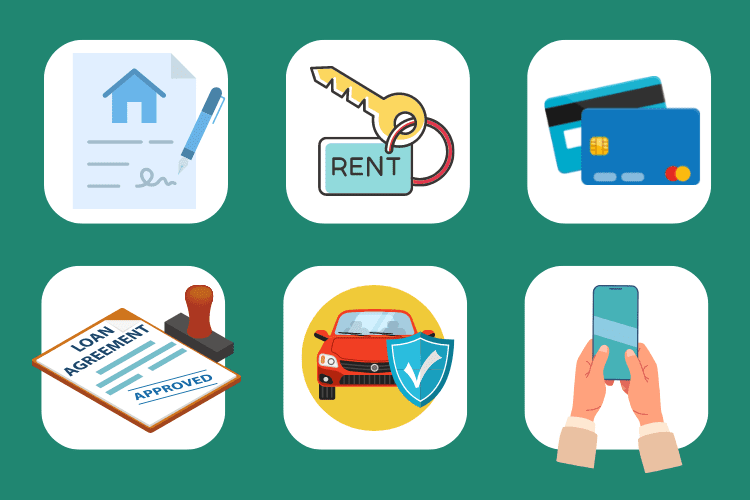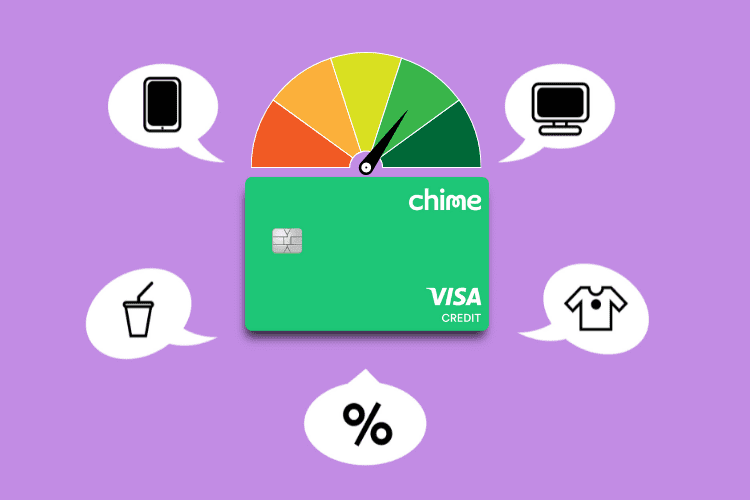Budget Essentials Everyone Should Know

There’s no way around it: You need a budget. It isn’t just a handy tool, it’s the foundation of your entire financial wellbeing. Not every budget is created equally though, there are certain essentials you need to make yours work.
Without a budget, you can’t predict how much money you need to spend or strategically plan to increase your savings. If you have a budget, but are still far too familiar with the struggles of living paycheck to paycheck and the sight of your checking account balance hitting the single digits, your plan probably needs a makeover.
You don’t work hard every day just to throw your money into the wind. Use these essential budgeting tips to get your finances on track and become the master of your money.
Outline Your Short-term and Long-term Goals
Take the time to identify your monthly financial goals and your future financial aspirations. This will help you keep your eye on the prize while taking purposeful, well-planned action each month.
Your short-term goals might look something like this:
- Pay all bills on time
- Save 30% of income in savings account
- Spend a maximum of 20% of income on fun or non-essential expenses
These are solid monthly targets to hit. They assign a purpose to your money and keep you grounded.
Your future goals can be more bold: It’s okay if you can’t attain them quickly. Do any of these sound like goals you’d like to achieve in the next few years?
- Open a retirement account like an IRA or Roth IRA
- Increase payments on an auto loan or student loan to clear them early
- Build credit to buy a house
Now that you know your goals, you can create a basic budget to make those goals your reality.
Read about micro-investing and how to get started with our complete guide: Micro-Investing: What It Is, Why It’s for You and How to Start.
Basic Budget Essentials
Creating your first budget won’t be as hard as you think. Begin with a spreadsheet designed to organize and track all of your financial information. Google Sheets offers an excellent budget template that you can customize in just a few clicks.
- Calculate your monthly income. This creates the foundation of your budget, so don’t round up or include income that you can’t guarantee. Stick to the facts: How much money do you know you’ll make every month?
- Itemize and Total Your Regular Monthly Expenses. Include every expense you must pay each month. These are known as non-discretionary expenses and include rent or mortgage payments, utilities (gas, electricity), phone bills, and all loans. Your list might look something like this:
- Rent: $1,500
- Electric Bill: $110
- Groceries: $400
- Childcare: $850
- Add In Other Expenses. In a perfect world, your non-discretionary expenses won’t use more than 50% of your income, but—let’s be real. Calculate how much money you have left each month after paying your essential expenses, and make a plan for every dollar. Consider these options:
- Begin or build a savings account
- Clear debts with extra payments
- Plan for optional and discretionary spending like dining out, hair and beauty, and entertainment
- Assess and Adjust. Your budget might not be perfect immediately, but don’t worry. There is always room for improvement and growth. After you’ve tracked your habits for a few months, perhaps you’ll find ways to economize or trim your non-discretionary spending in order to save more each month.
Use Cash to Control Spending
It’s easy—too easy!—to swipe your debit or credit card without thinking twice about how much you’re spending. One trick to make you more mindful: Pay for items in cash instead, whenever possible. Withdraw a sum from the ATM, put it in your wallet, and use it carefully. When that cash is gone, it’s gone! You don’t get more until your budget says so.
It’s amazing how more “real” spending feels when you’re forking over dollar bills and literally seeing the supply shrink. Of course, cash isn’t practical in every situation. But using it when you can, will help control those impulse buys, or get a sense of where the money goes.
Budgeting Tools
If you’re struggling to define your budget or stick to the terms you set out, consider using an online budgeting tool for guidance and support.
These are just a few of the most popular budgeting tools online right now:
- You Need a Budget (YNAB) syncs between your computer and mobile device for real-time data and updates. It’s highly interactive, helping you analyze and observe your spending habits and “give every dollar a job.” It does cost $6.99 a month (as of August 2019), but it’s highly recommended for people looking to make radical changes in their financial mindsets.
- MoneyStrands is an easy-to-use, free app that gives you the option to link your bank accounts. It also allows you to set goals, use a bill calendar, and track your savings.
- Mint is one of the best-known internet and smartphone-based budgeting apps. Its comprehensive services, which are particularly strong on long-term goal-setting, come at no cost.
Yes, making a budget sounds about as thrilling as having your teeth cleaned. But take heart: You don’t need to become a financial wizard to build a smart, functional plan and make sense of your spending. And you’ll feel so much better when you do.










